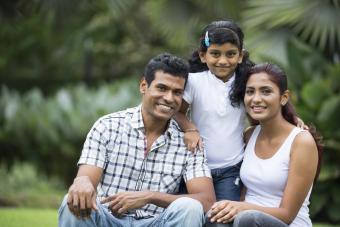Children & Family Policy
Children & Family Policy
Recent Activity
Video, Audio, Webinars
January 7, 2015
A webinar examining the outreach and initiatives by educational institutions and other community stakeholders seeking to support the education and training success of grantees of the Deferred Action for Childhood Arrivals program.










